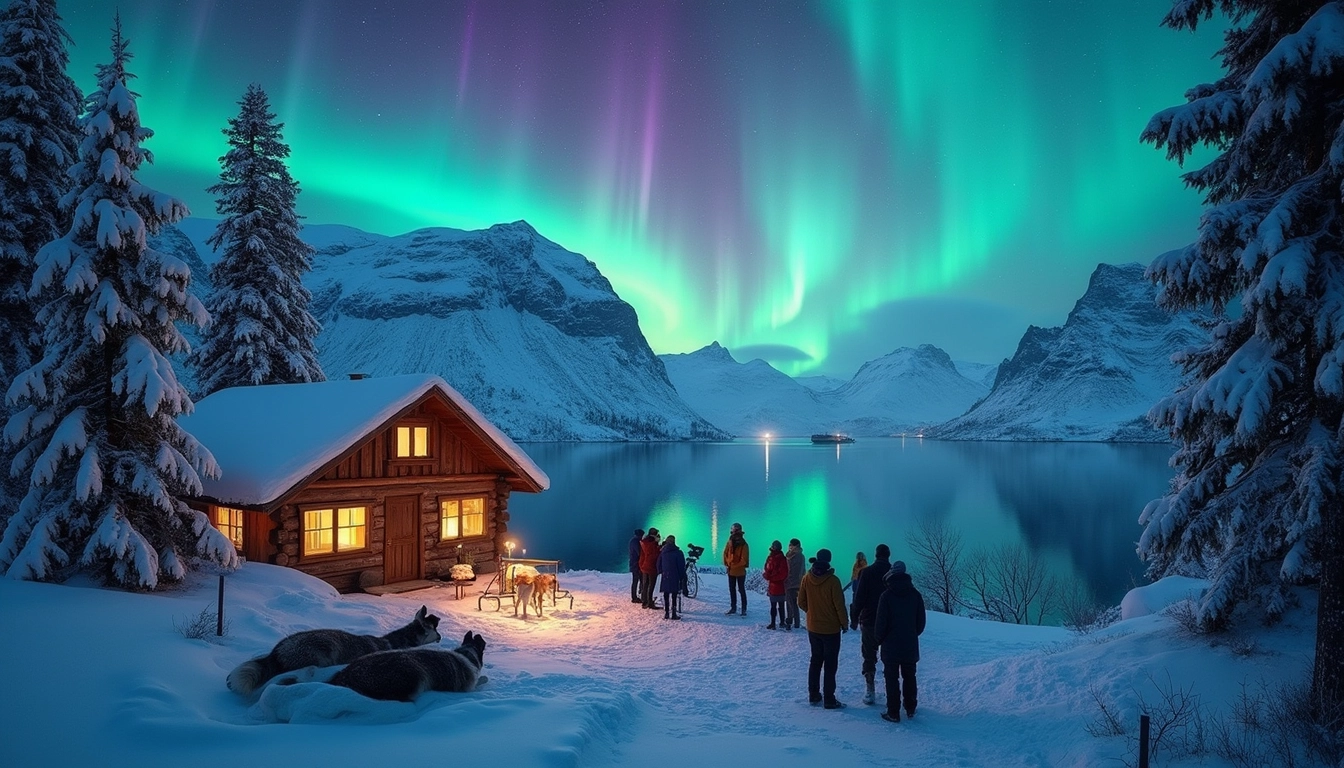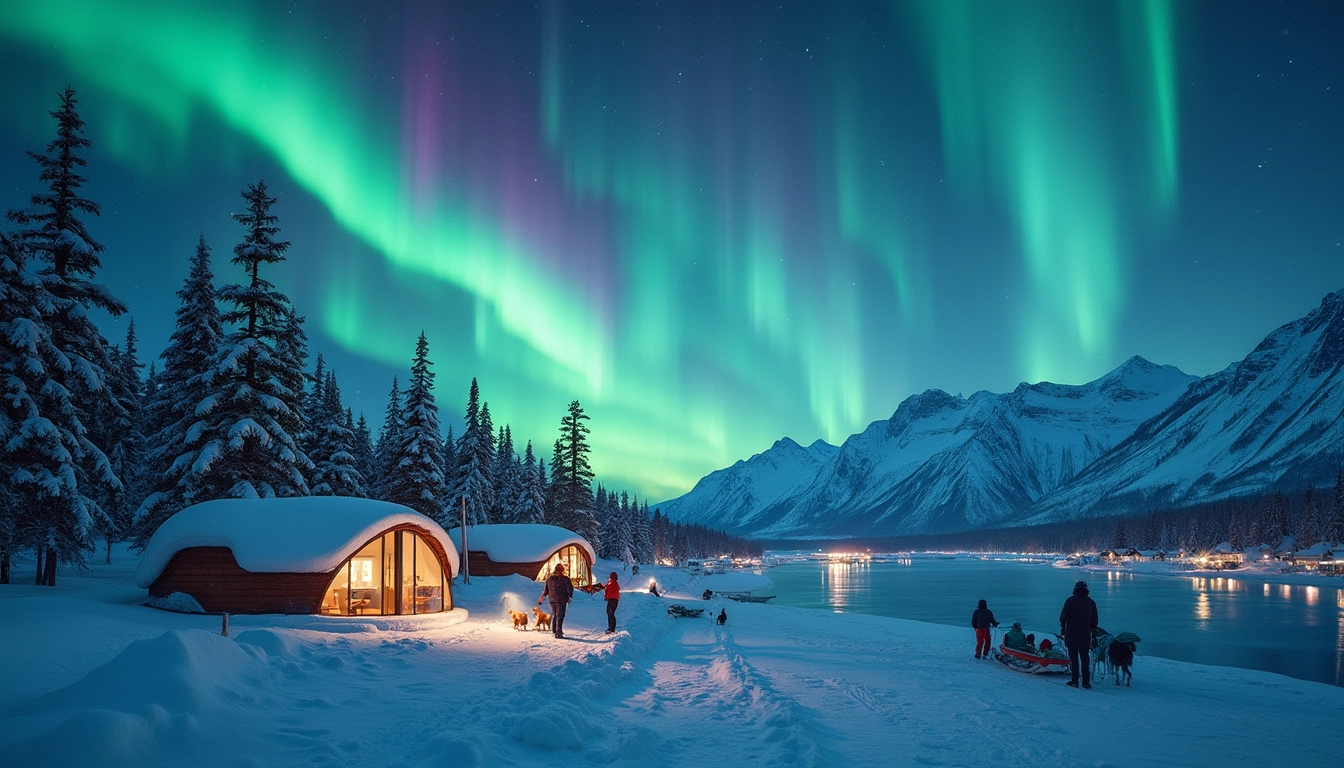
Northern Lights To Peak During 2025 Solar Maximum Phenomenon
The upcoming solar maximum in 2025 presents an extraordinary opportunity to witness the spectacular northern lights phenomenon at its peak intensity. With a predicted 115 sunspots expected in July 2025 and increased geomagnetic activity during equinoxes, aurora enthusiasts can look forward to more frequent and vibrant displays of this natural light show.
Key Takeaways:
- Solar maximum peak anticipated in July 2025 with enhanced aurora activity lasting several months
- Prime viewing locations include Norway, Iceland, and Alaska with over 200 clear nights annually
- Best viewing occurs during late September to March, particularly from 10 PM to 2 AM
- The geomagnetic activity intensifies during equinoxes, offering better viewing chances
- Clear skies and minimal light pollution are essential for optimal visibility
Understanding the 2025 Solar Maximum
The aurora borealis displays will reach their zenith during the 2025 solar maximum. This peak solar activity period, marked by increased sunspot activity, creates ideal conditions for witnessing these ethereal light shows. Like other anticipated events in 2025, this natural phenomenon will draw visitors from across the globe.
Prime Viewing Locations
Norway’s Tromsø and the Lofoten Islands stand out as premier destinations for northern lights viewing. Iceland’s Westfjords region, particularly around Bolafjall and Ísafjörður, offers exceptional vantage points. Just as entertainment enthusiasts await major releases, aurora chasers should mark these locations on their 2025 travel calendar.

Optimal Viewing Conditions
The best chances for spotting the northern lights occur during the winter months, particularly from December through February. Similar to how gaming events require perfect timing, aurora viewing demands specific conditions. Here are the crucial factors for optimal viewing:
- Dark skies between 10 PM and 2 AM
- Clear weather conditions
- New moon or crescent moon phases
- KP index of 4 or higher
Accommodation and Activities
The solar maximum period has prompted many locations to offer specialized aurora viewing experiences. Glass igloos in Alta, Norway and Rovaniemi, Finland provide comfortable viewing options. Consider these complementary activities:
- Dog sledding adventures
- Arctic whale watching
- Ice fishing expeditions
- Visit to the Aurora Ice Museum
Planning Your Aurora Hunt
For successful equinoxes viewing, utilize weather apps and aurora forecasts from NOAA’s Space Weather Prediction Center. The increased geomagnetic activity during March 20 and September 22, 2025, offers enhanced viewing opportunities. Dark Sky Parks like Glacier National Park provide ideal viewing conditions away from light pollution.


